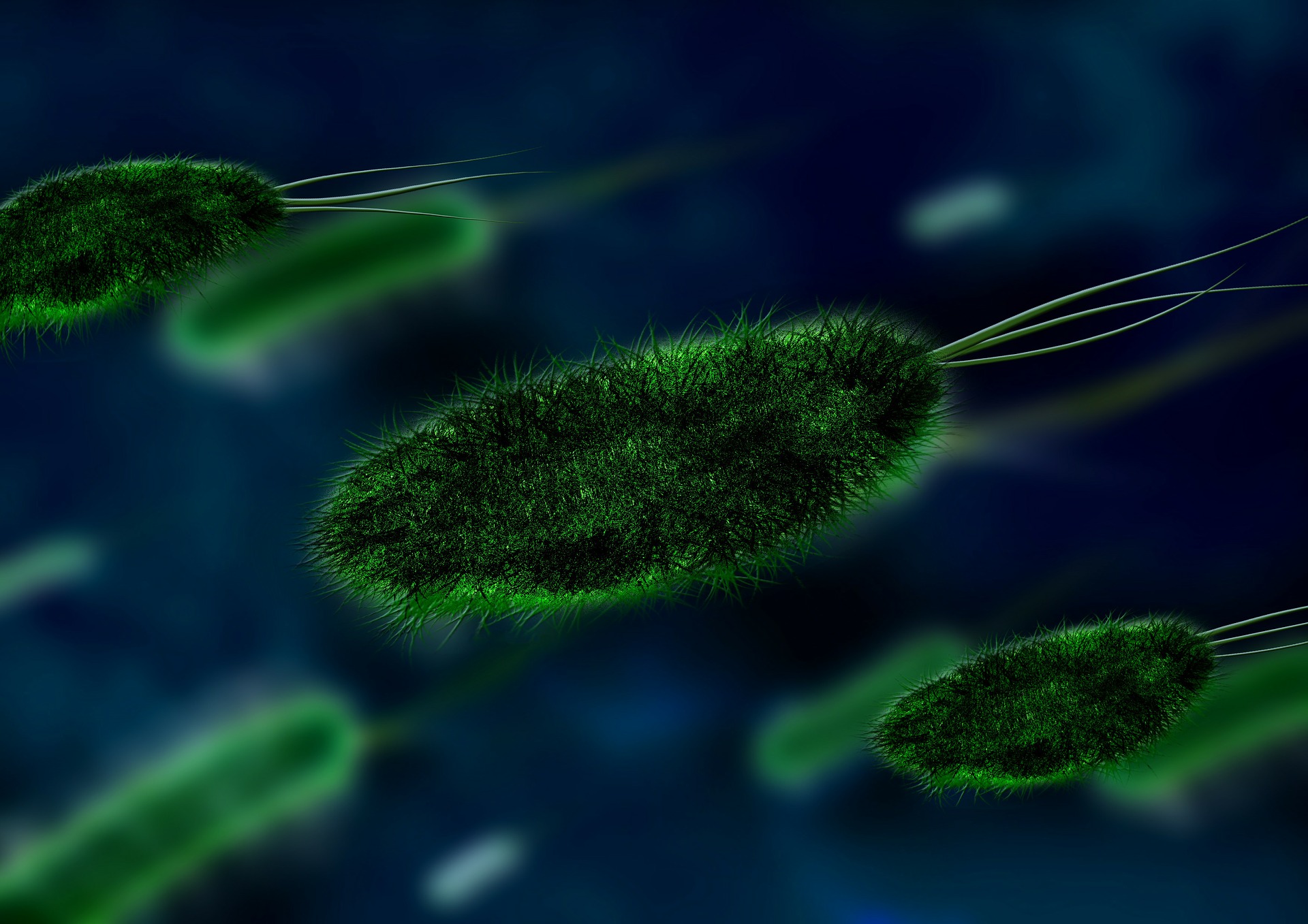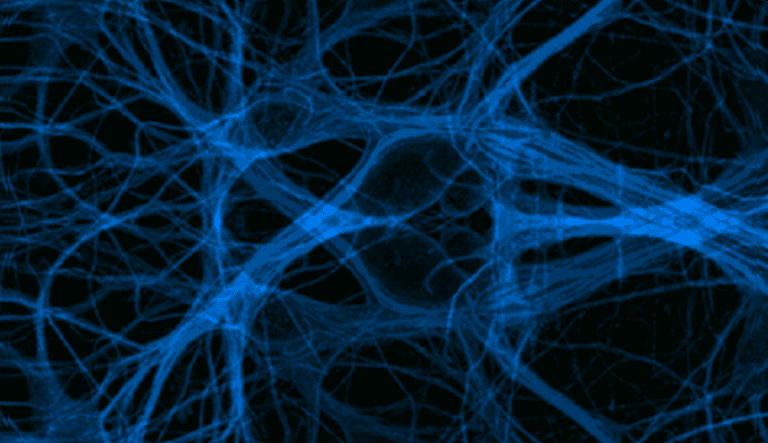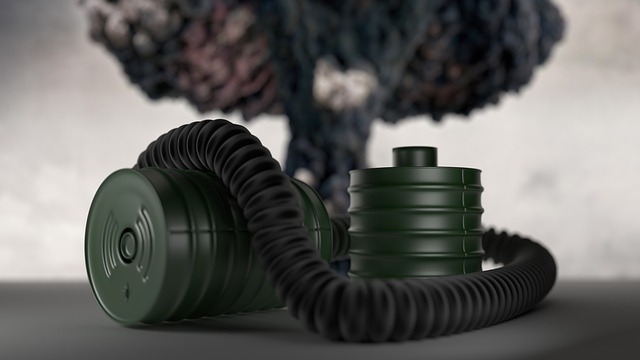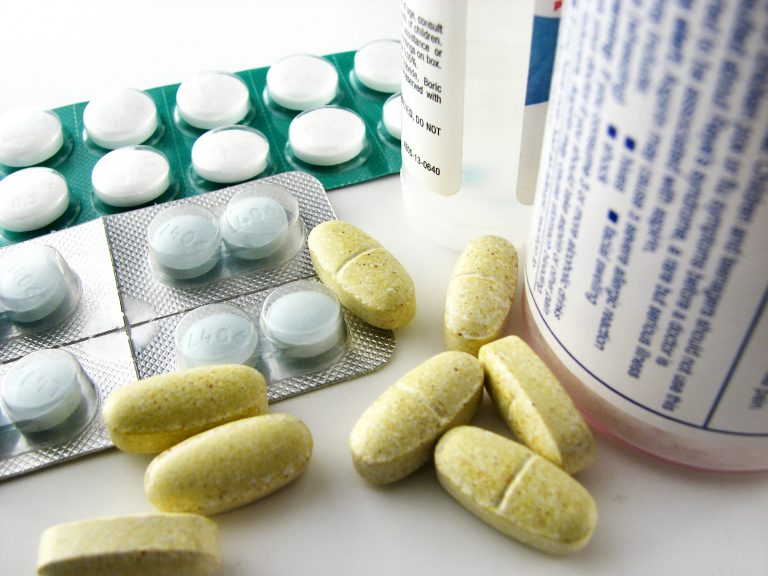UCT Silane (TSPS) cited in Microbiology Article
Numerous polymerase-chain-reaction (PCR) and isothermal amplification methods employed currently in molecular diagnostic assays have been developed, significantly improving assay sensitivity and specificity as well as shortening overall time. In spite of this objective, nucleic acid target amplification continues to present challenges for dealing with “false-positive” results due to environmental or reagent contaminants introduced during the testing process. For example, some bacteria, particularly staphylococcus species, which are a normal microflora of human skin, are ubiquitously present in the environment. This has been addressed in a recent article authored by Wanyuan Ao et al., published in PLoS ONE 12(2): e0171915 in which UCT silane amine-functional T-structure polydimethylsiloxane (TSPS) was described in the production of crystalline silicon wafers. In this paper, the authors describe a strategy that can distinguish between staphylococcus species truly present in a clinical sample from contaminating staphylococcus species introduced during the testing process.
Contaminating staphylococcus species are present at low levels in PCR reagents and colonize lab personnel. To eliminate detection of contaminants, the authors describe an approach that utilizes addition of sufficient quantities of either non-target staphylococcal cells (staphylococcus succinus or staphylococcus muscae) or synthetic oligonucleotide templates to helicase dependent isothermal amplification reactions to consume Staphylococcus-specific tuf and mecA gene primers. This process ensures that contaminating staphylococcus amplification is suppressed to below assay limits of detection. In the process, the silane was used in chip production in which crystalline silicon wafers were coated with TSPS and cured at 150˚C for 24 hours. The TSPS-coated wafer was further prepared by soaking in a solution of poly (Lys-Phe) (50 mg/L) in 1x phosphate-buffered saline (PBS; pH 6) containing NaCl (2 M/L) overnight at room temperature. The authors state the suppressor template DNA is designed with perfect homology to the primers used in the assay, but an internal sequence that is unrelated to the staphylococcal species targeted for detection. Input amount of the suppressor is determined by a mathematical model described herein and is demonstrated to completely suppress contaminating levels of staphylococcus while not negatively impacting the appropriate clinical assay limit of detection. The authors applied this approach to improve the specificity of detection of Staphylococcus species present in positive blood cultures using a chip-based array that produces results visible to the unaided eye. This study demonstrates why when bio-scientists working at the cutting edge of microbiological research look for the premier specialty chemicals, they turn to UCT as their source in the first instance. For more information regarding UCT specialty chemicals including silanes please go to https://specialties.unitedchem.com/products/silane-71.






